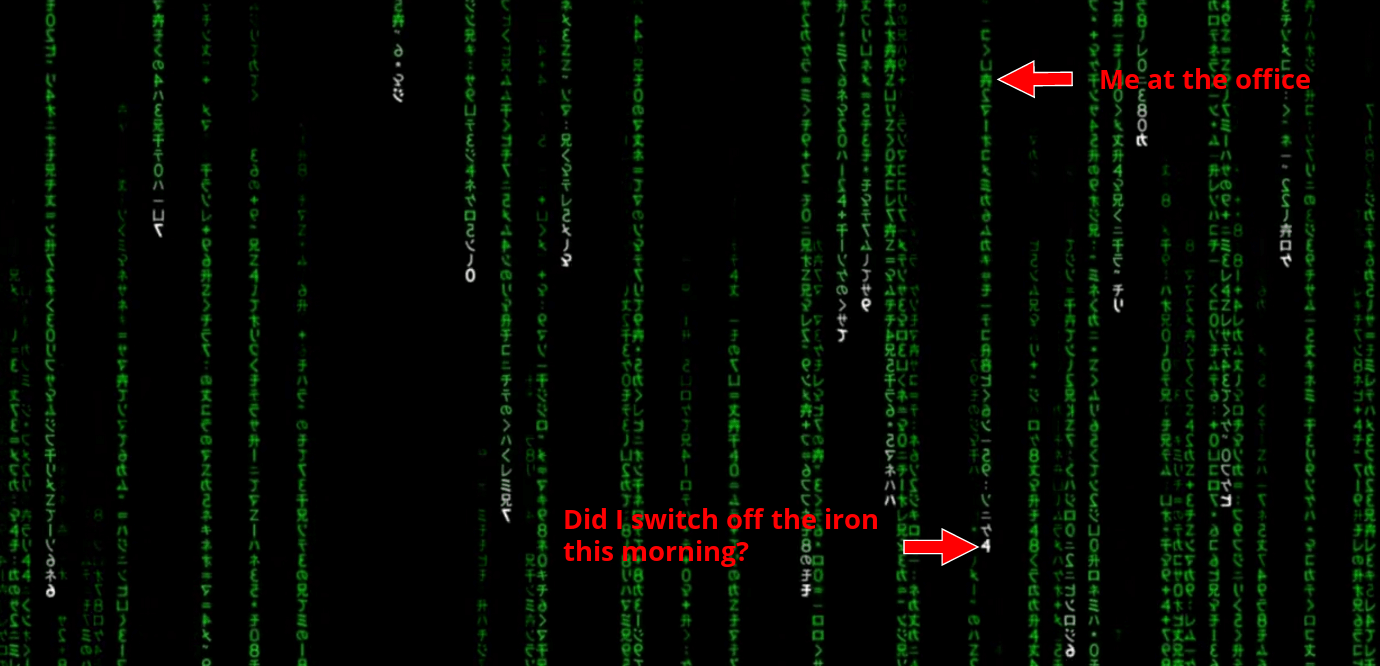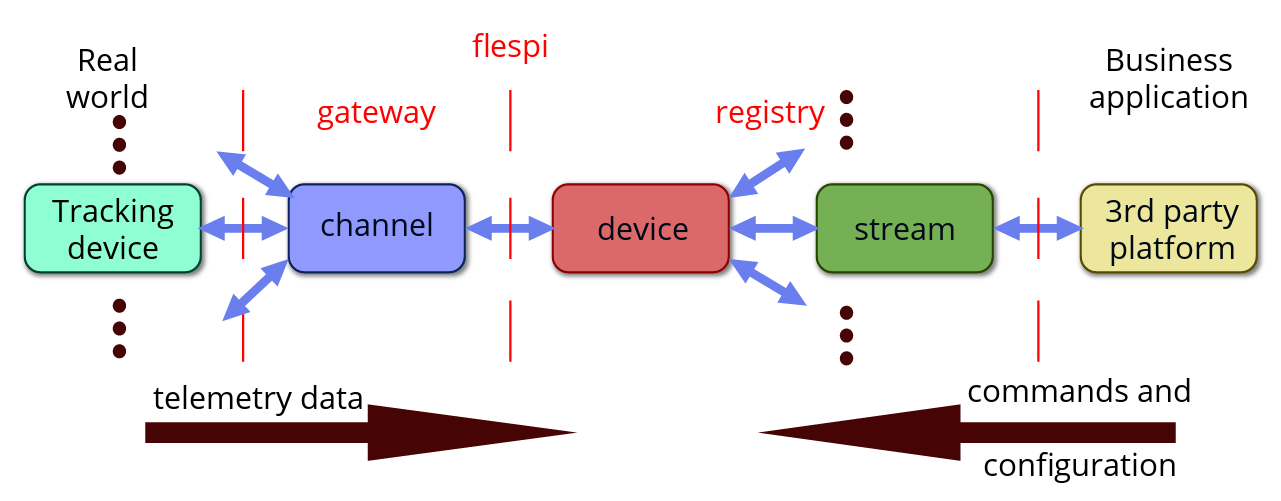According to internetlivestats.com, Internet traffic for 2017 exceeded 1,000,000,000,000 GB which is 1 Yottabyte. Have you heard of such a measurement unit? Everything is connected to everything and myriad of tiny information flows permeates the space around us.

Being at the top of the Internet progress flespi team makes its contribution to the huge amount of Internet rivers, creeks, and streams. And flespi streams is what we are going to talk today about.
The streams functionality was briefly covered in the how-to article showing the process of connecting a WiaTag soft-tracker to the Wialon fleet management platform. But the most interesting question “What can I do with this stuff?” was left behind. Let's take the red pill of knowledge and look deeper into the flespi streams.

To get the idea of a stream, let’s visualize the data path from the tracking device to a third party platform through flespi:
- data comes from tracking devices to flespi via a connection to the channel's unique IP:port.
- flespi channel parses data and saves messages with corresponding identification string to a separate flespi device storage container.
- as soon as the message appears in the device storage container, streams handler picks it and pushes through the stream into a third-party platform.
According to the scheme above, a stream is an instance responsible for connecting a flespi device (or the entire channel) to another platform. When commands or configuration data arrive at the stream, the flespi device forwards them to a channel. The channel's job is to send data to the connection matching the device identification string. One of the key advantages of flespi devices is that you shouldn’t worry if the tracking device or the third-party platform is online — the flespi platform will automatically update the data once the connections are established in both directions.
Flespi currently supports specialized streams to major cloud platforms (Google IoT Cloud, Amazon AWS, Microsoft Azure) and generic stream that can be used in a variety of ways (HTTP, MQTT). Learn more about the supported streams here.
Do you know other streaming protocols that can be useful for you and our future partners? Give us a poke, and in a little while, you will notice a new option in the stream type drop-down list.
